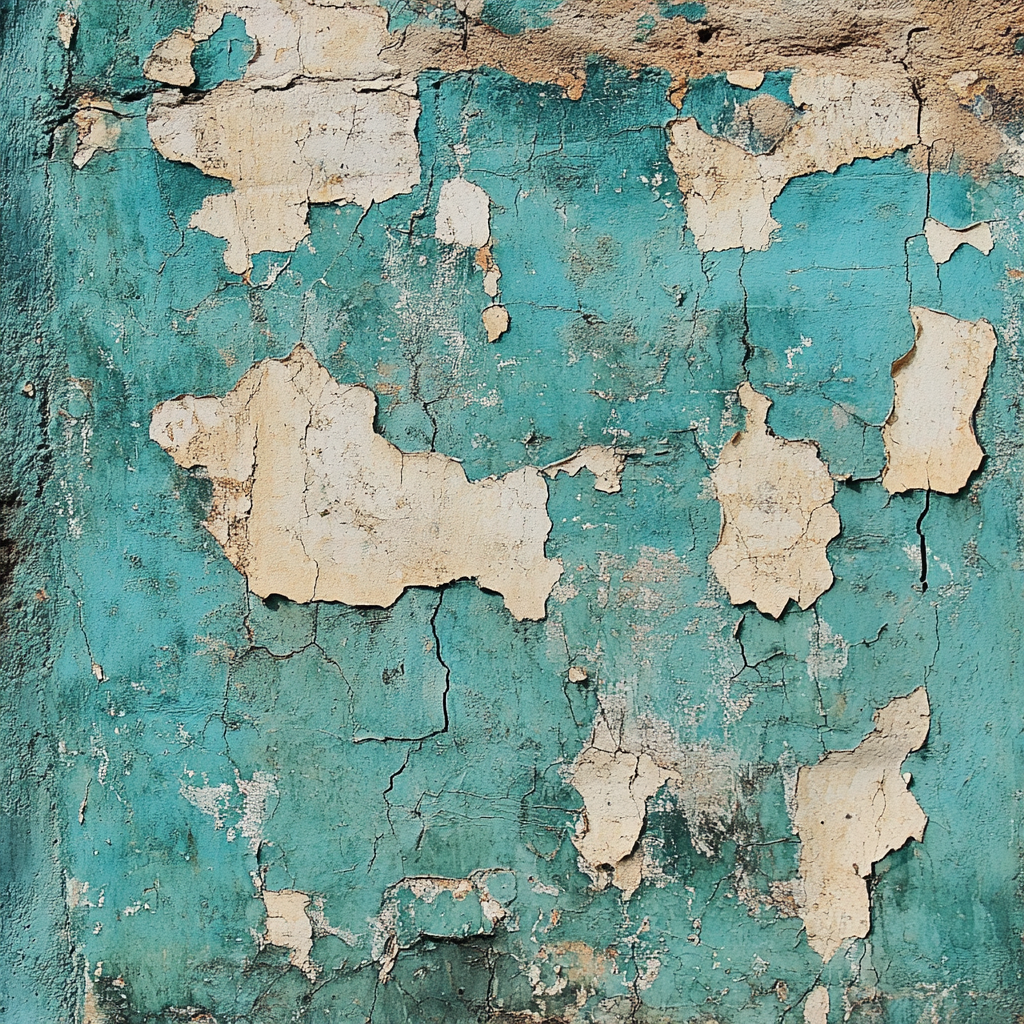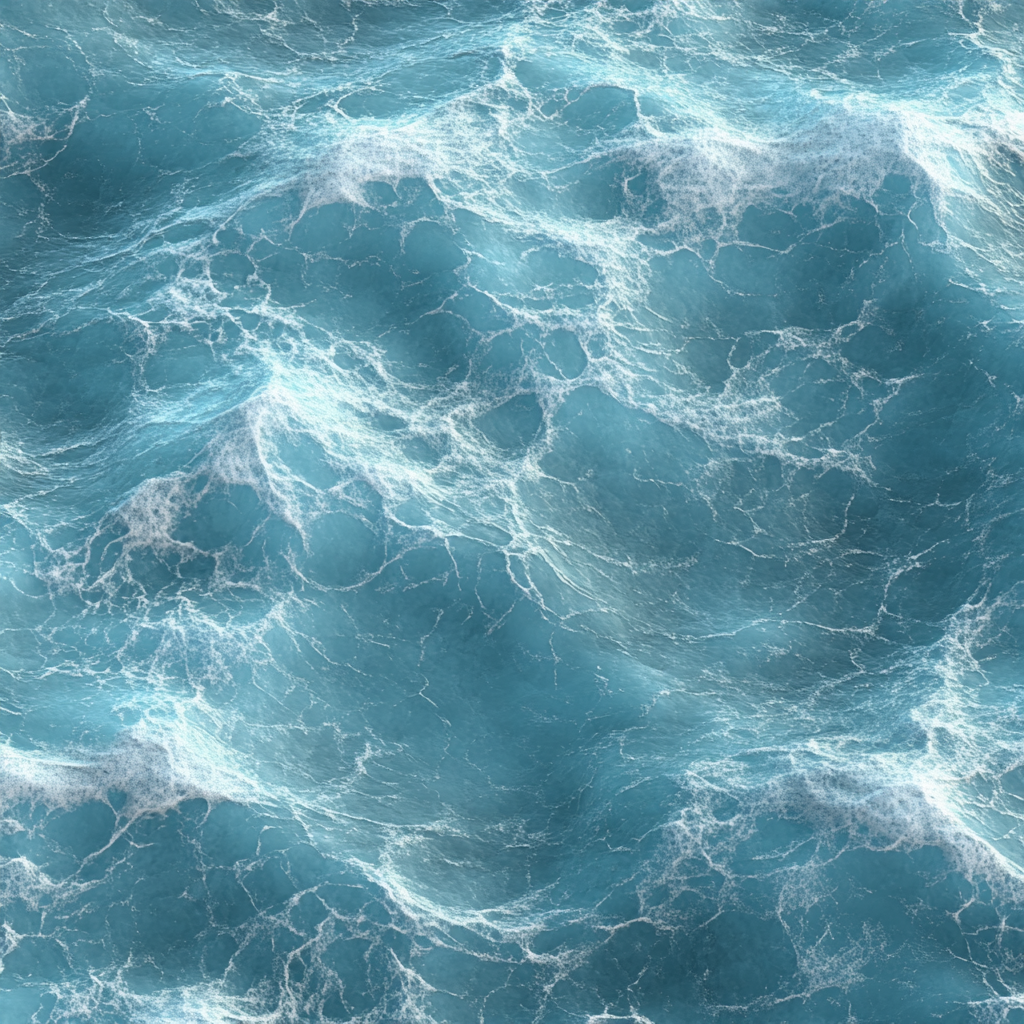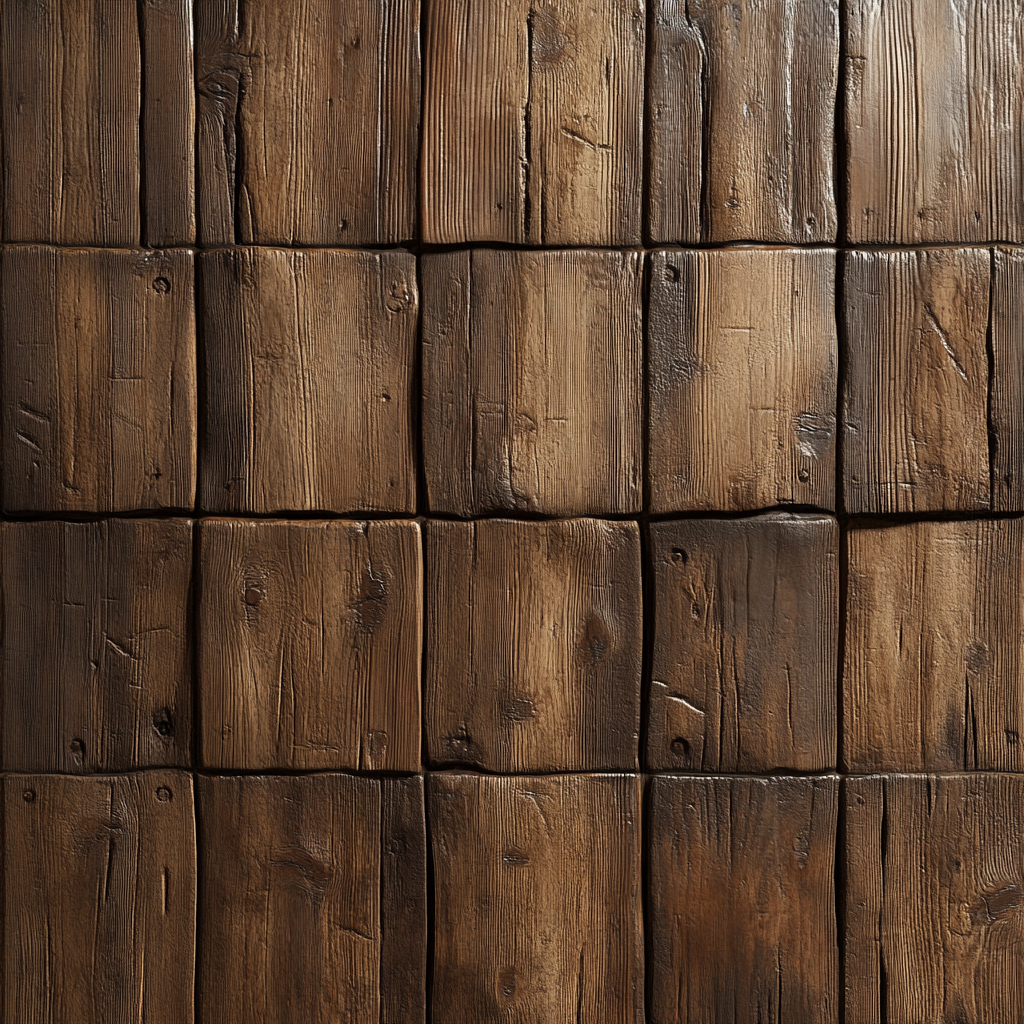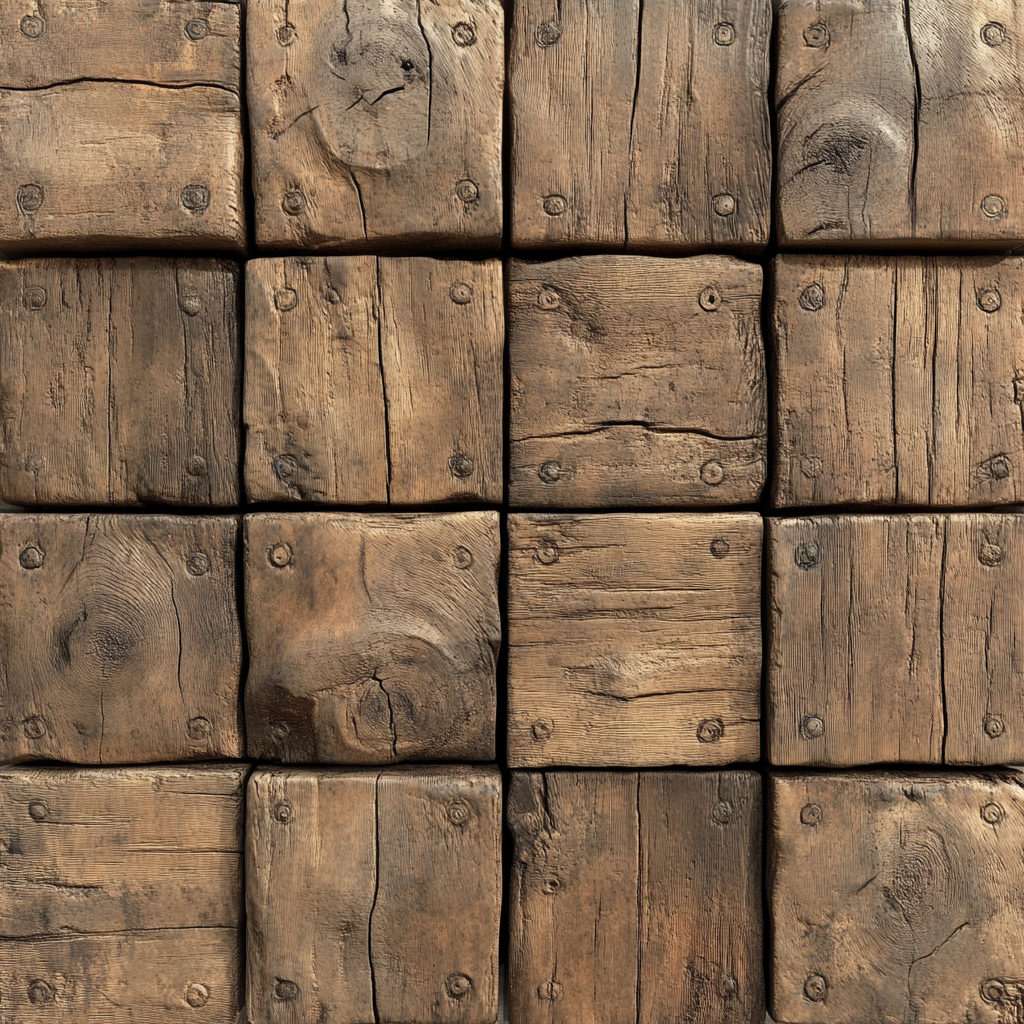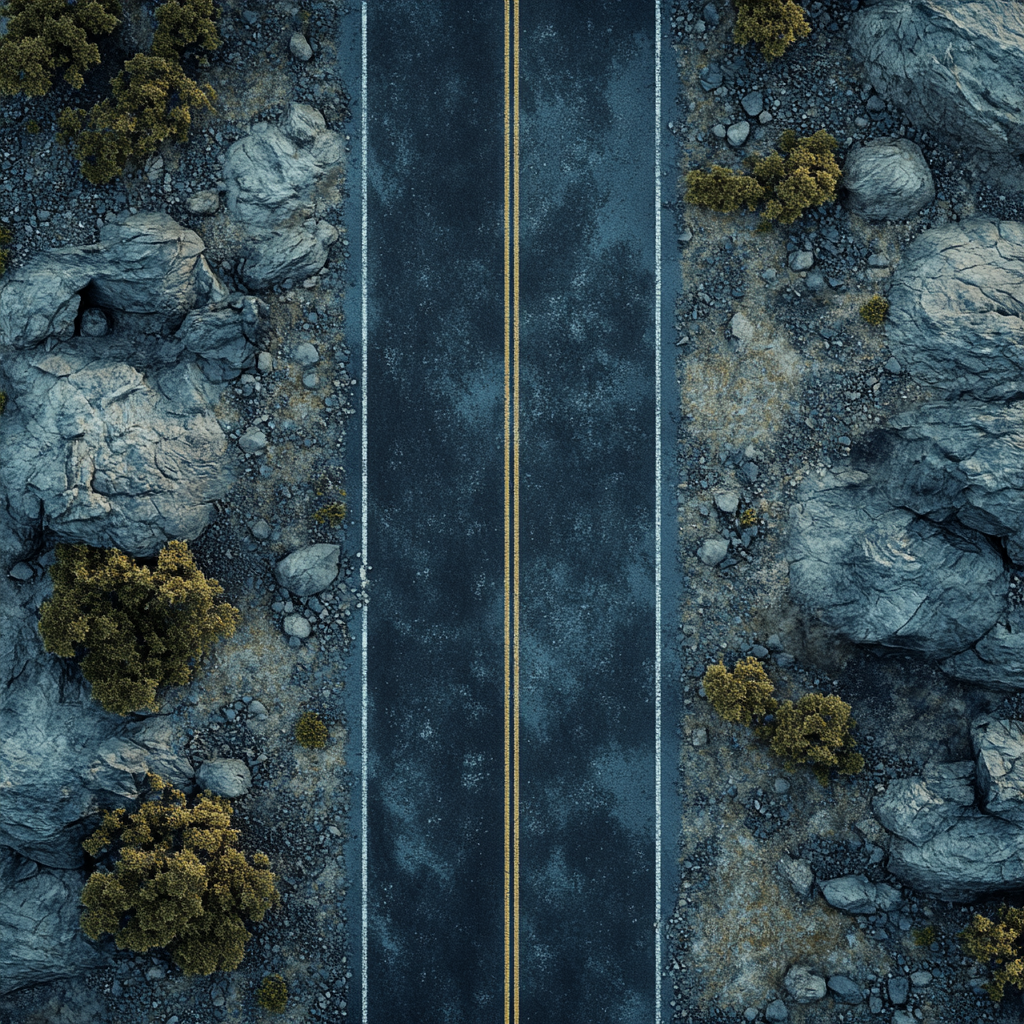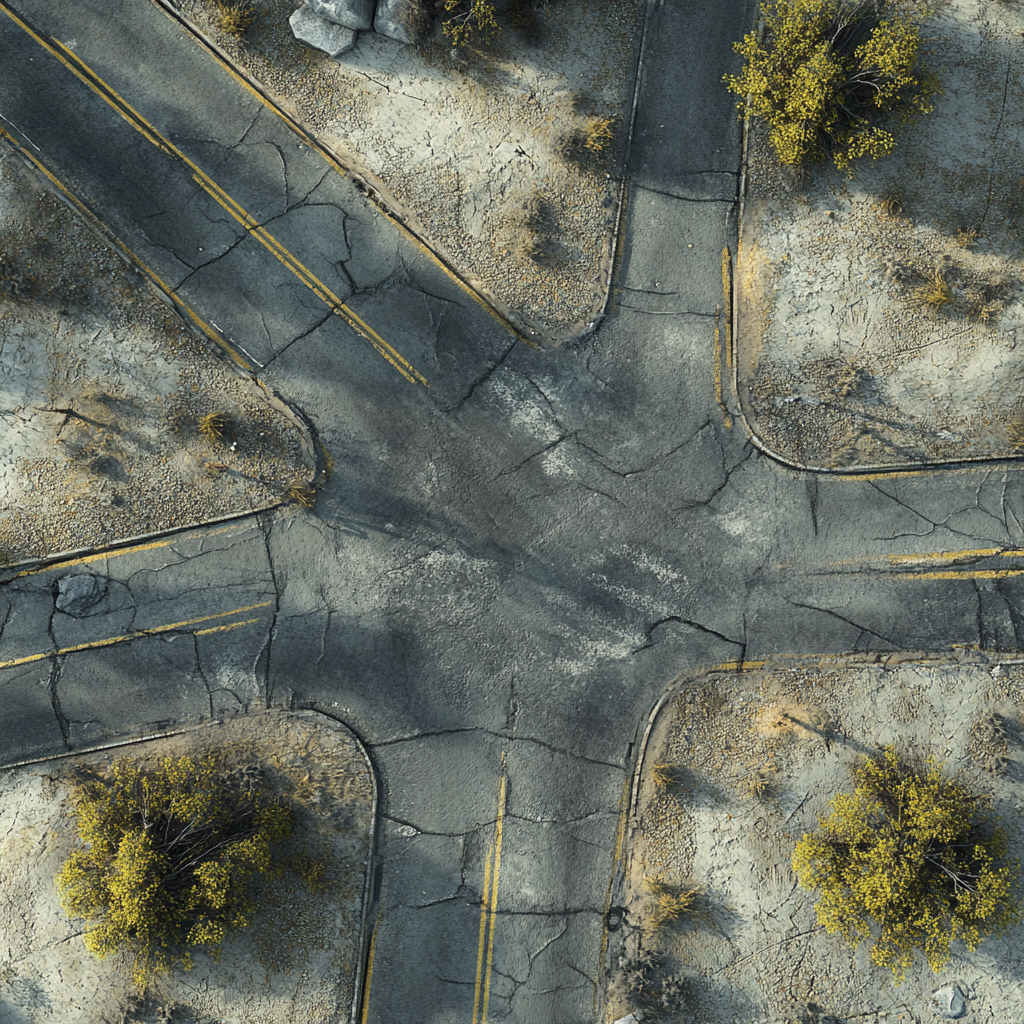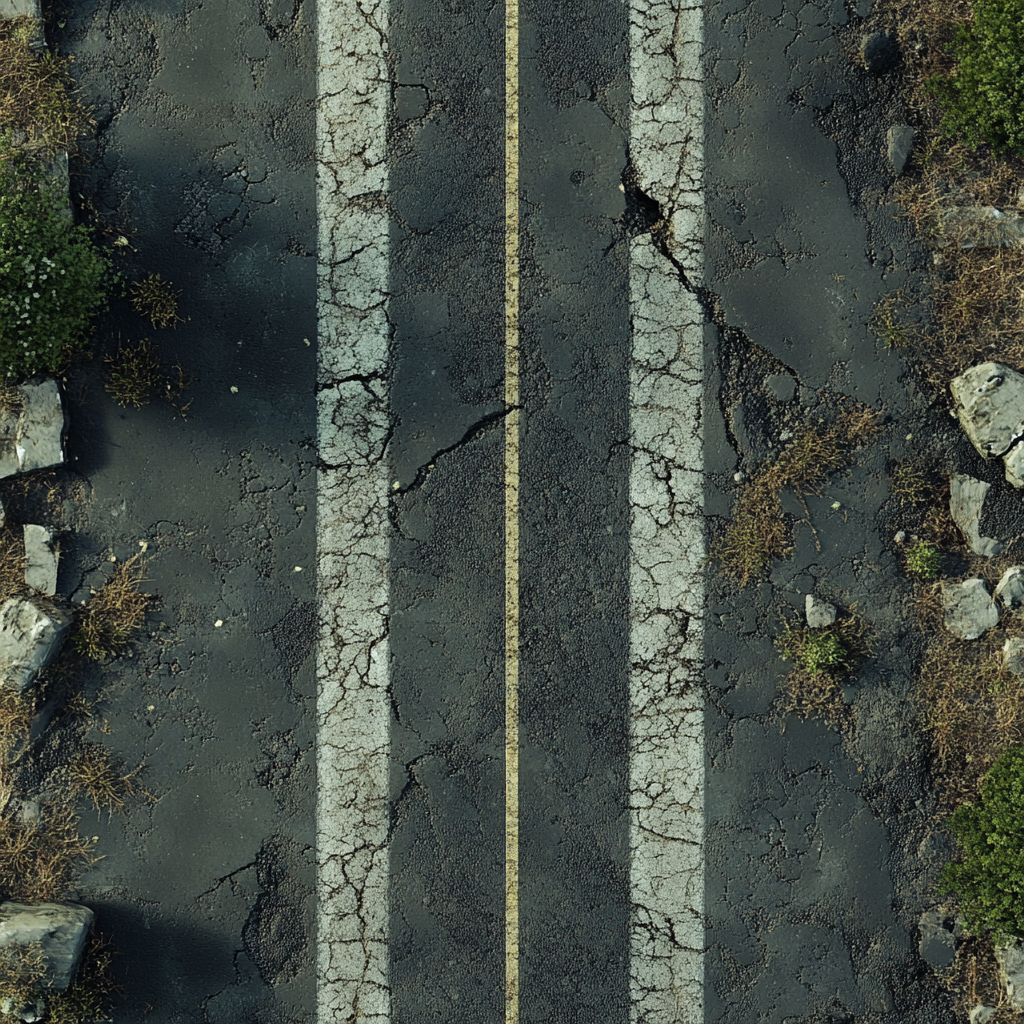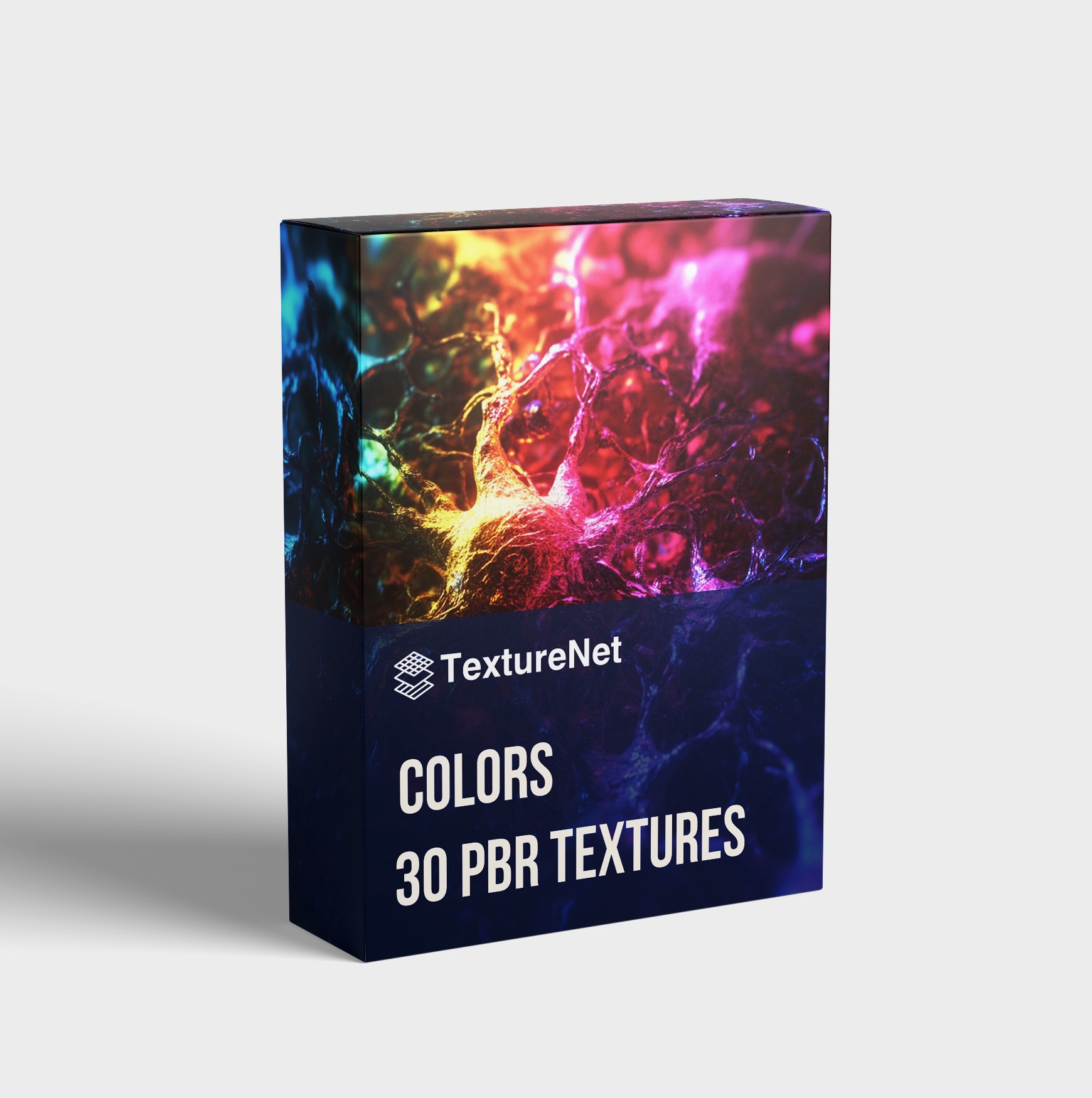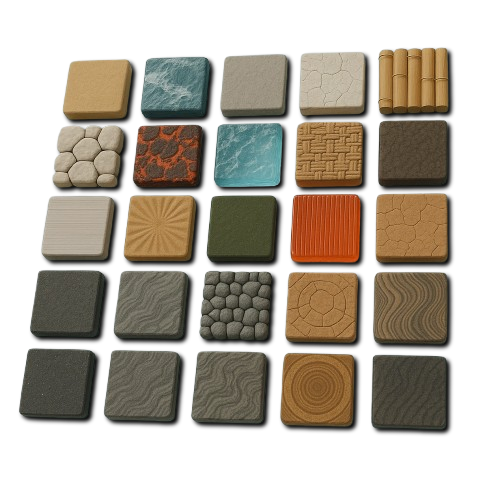- Indie Developers—Still the Core, but More Diverse
From micro-teams building cozy farm sims to solo VR hobbyists, indies remain texture-hungry. Greater engine accessibility (Unreal 5.4, Godot 4) means more creators than ever.
- Digital Fashion Designers
Virtual clothing try-ons exploded. PBR fabric textures—denim, velvet, sheer silks—are must-haves for fashion houses chasing NFT garments and metaverse runways.
- AI Content Creators
Artists feeding generative-AI models buy large volumes for training or “style grounding.” Clean, well-labeled packs are gold for them.
- Architectural Twins & BIM Studios
Sustainable-building mandates drive demand for hyper-realistic materials in digital twins. High-res wood grains, concrete, and glazing bump maps are standard line-items on RFPs.
- Film & Streaming VFX
With LED volumes mainstream, art departments swap practical sets for photoreal in-camera assets. High-detail surfaces—rust, stone, vegetation—move at blockbuster scale.
- Ed-Tech & Simulation Providers
Medical, military, and flight sims need believable surfaces for immersion. They’re volume buyers, often on annual site licenses.
- DIY Content Creators
YouTubers and 3D-printing enthusiasts pick up textures for thumbnails, mock-ups, and engravable patterns. Small orders, huge demographic.
What They All Share
- Need for Speed: Quick-download, drag-ready formats
- Quality Assurance: Accurate PBR maps, 4-8 K resolution
- Flexible Licensing: From hobbyist to enterprise clauses
Final Thought
2025’s texture market is bigger and more fragmented. Success means catering to pro studios and weekend creators—meeting them all where their imaginations start.
- Need for Speed: Quick-download, drag-ready formats

